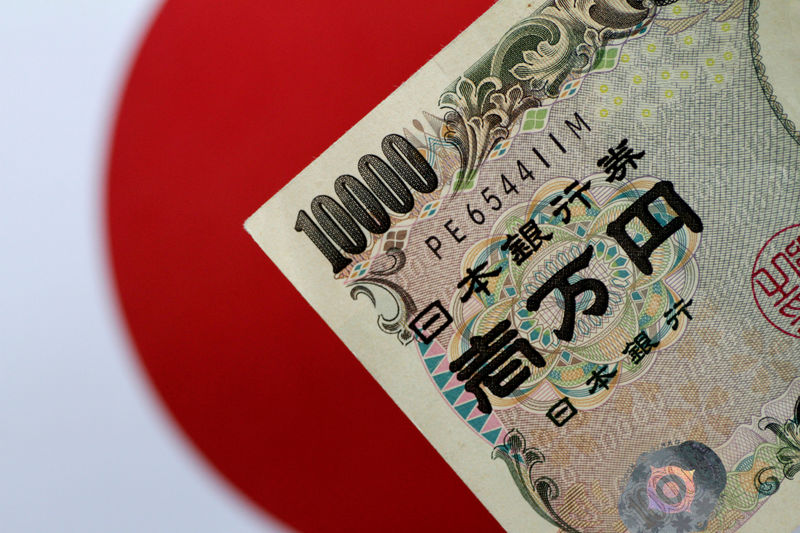Investing.com– Most Asian currencies were muted on Friday amid concerns over high-for-longer U.S. interest rates, while the Japanese yen weakened sharply after the Bank of Japan struck a dovish tone.
Sentiment towards regional markets was also dented by new European Union trade tariffs against China, which pushed up concerns over a renewed trade war.
Regional currencies were pressured by a rebound in the dollar, which recovered all of its losses seen through the week as hawkish signals from the Federal Reserve offset some signs of cooling inflation.
Japanese yen weakens, USDJPY surges as BOJ sings dovish
The Japanese yen was the worst performer among its peers on Friday, with the pair surging 0.5% and coming close to 158 after the BOJ disappointed markets with its plans to tighten policy.
The BOJ and said it will only provide clear signals on its plans to begin reducing its bond purchases at its July meeting, and that it was meeting with market participants in the interim to gain more insight.
The move disappointed traders who were positioning for an immediate reduction in the central bank’s bond purchases, which in turn spurred increased selling of the yen.
The central bank also offered scant cues on plans to raise rates after a historic hike in March.
Chinese yuan weak after EU tariffs
The Chinese yuan was fragile on Friday, with the pair rising to a near seven-month high.
Sentiment towards China was battered by the EU imposing steep tariffs on electric vehicle imports from China, a move that presents some export difficulties for a major Chinese business sector.
The tariffs come shortly after a similar move by the U.S., and ramped up concerns over retaliatory tariffs by Beijing, which could spark a renewed trade war between the world’s largest economies.
Dollar recoups weekly losses as Fed outlook offsets cooler inflation
The and rose in Asian trade on Friday, extending an overnight rebound as markets digested an outlook for fewer interest rate cuts this year.
While the dollar had initially tumbled on softer-than-expected data for May, the greenback rebounded after the Fed said it only saw scope for one rate cut this year, compared to earlier forecasts of three cuts.
While data also read weaker than expected, markets stuck to the Fed’s outlook, which indicated that interest rates will remain high for longer.
Most Asian currencies weakened on this notion. The Australian dollar’s pair fell 0.1%, while the Singapore dollar’s pair rose 0.1%.
The South Korean won’s pair rose 0.2%, while the Indian rupee’s pair remained close to record highs.
Read the full article here


